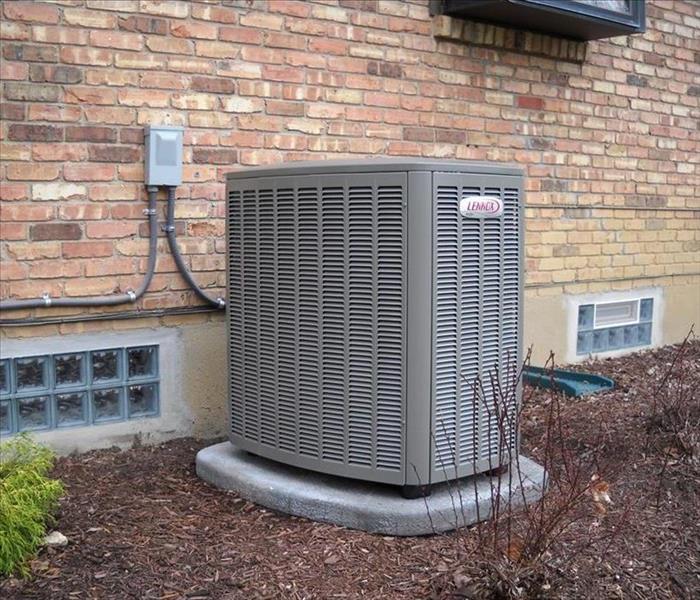Do You Know How Your HVAC Works?
5/4/2017 (Permalink)
Everything should be used in Moderation, even if it's the hottest days of summer or in the dead of winter in California. Despite always relying on our HVAC for comfort, many don't understand how the system works. If you want to learn more about HVAC systems, Continue reading for some Fantastic information on HVAC's.
- How do different HVAC systems work?
- Gravity Systems: Rely on the principle that cold air is heavier than hot air. Thus will be at the bottom while hot air rises, making it not possible to use gravity systems alongside air conditioning systems. They are usually placed in the basement. When you switch it on, warm air goes to the ceiling and heats your house, and when it cools it sinks and is reheated.
- Forced Air Systems: Usually takes cold or hot air and pushes it through metal tubes using a blower. Hot air and cold air is forced through different channels subject to whether you are using the furnace or air conditioner. The major drawback of forced air systems is blowout. With time, the systems undergo wear and tear which can cause the malfunction of the blowers.
- Radiant Systems: Also have a similar drawback as the gravity system. As they cannot be used alongside air conditioning systems. Radiant heating systems are used to heat all parts of the house, but most commonly, they heat implements that distribute the heat around your home such as radiators.
2. HVAC Parts and How They Work
- The Air Conditioner: Handles cooling the air and is usually placed outside the building. It utilizes either a coolant liquid or electricity to lower the temperature of the air. When it is switched on, it sends cold air inside and hot air outside.
- The Thermostat: Controls the system and usually turns the systems on or off and controls the temperature. It also operates specialized features that are installed in some heating and cooling systems.
- The Duct-Work: Consists of channels that enable the transition of cold and hot air in the home. It is fixed in the interior of the building.
- The Furnace: Uses various heat sources such as oil or natural gas to heat the air. There is a heat exchanger inside the furnace which maintains the air at the required temperature. Usually, the heater is placed in the basement, attic or inside a specially designed cabinet.
Now with this following information, make sure to keep your HVAC system in great condition! You can schedule a cleaning now with SERVPRO of Hacienda Heights and Rowland Heights (626) 964-7700.





 24/7 Emergency Service
24/7 Emergency Service